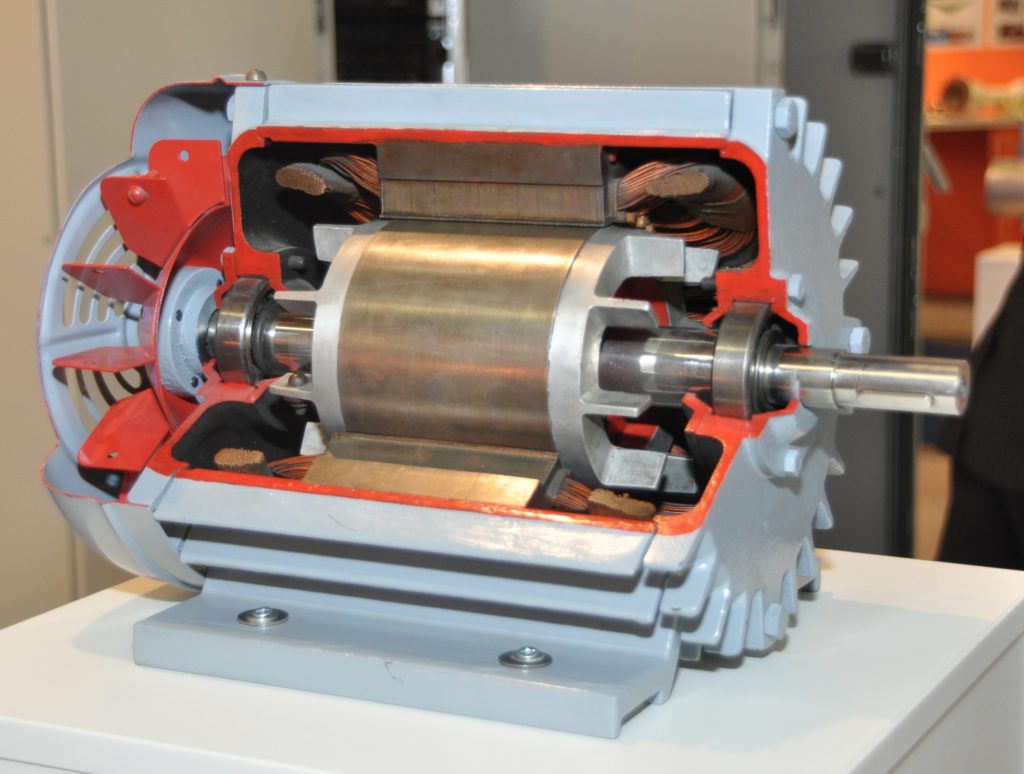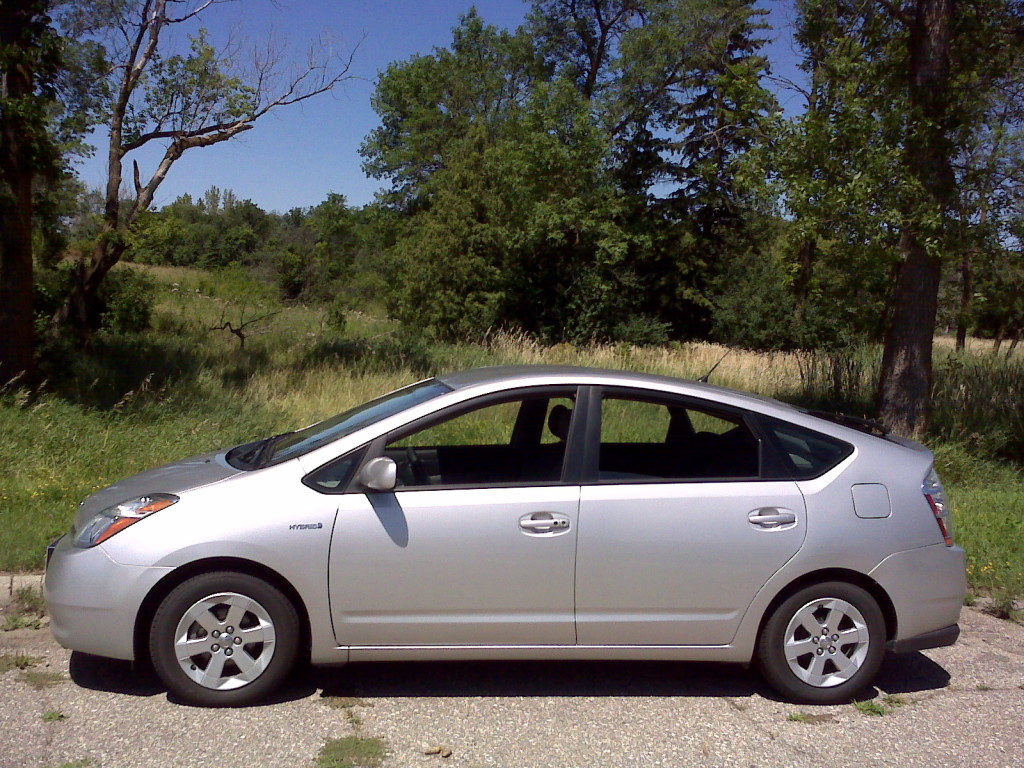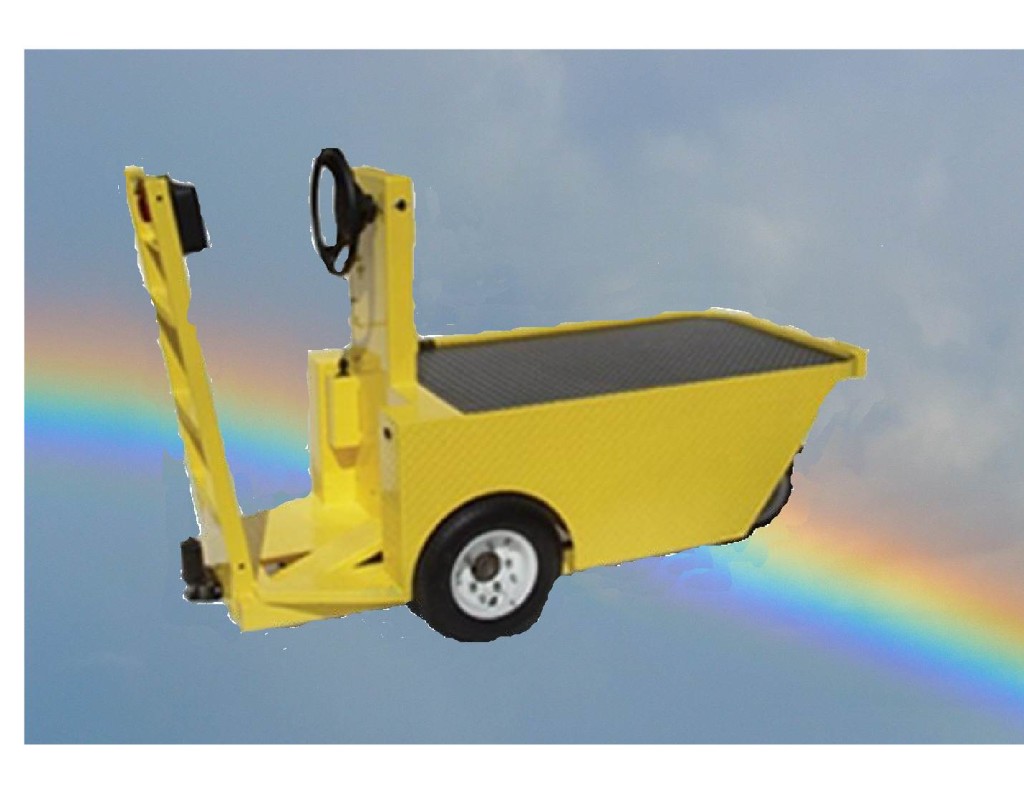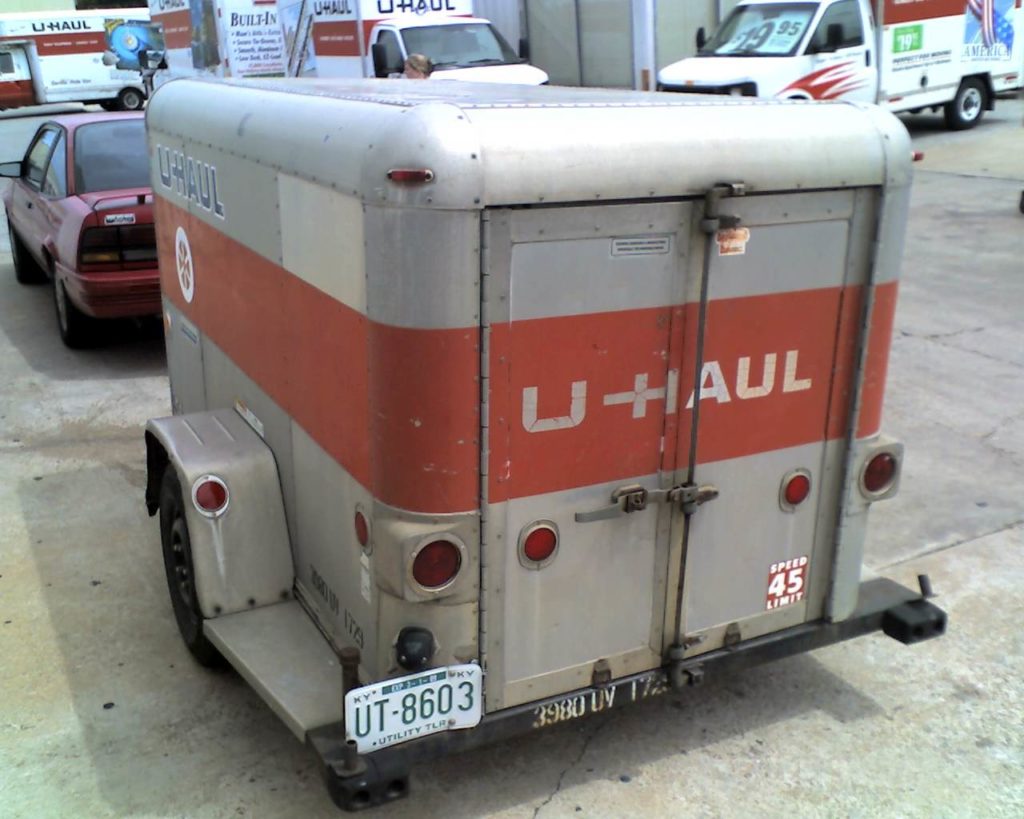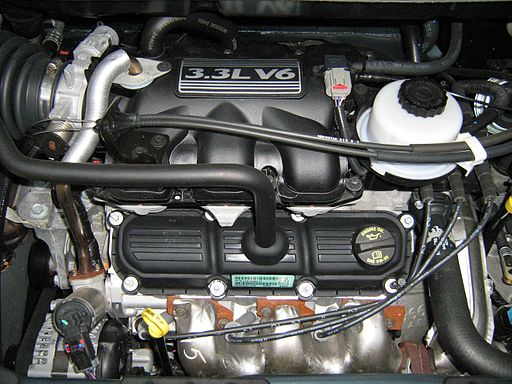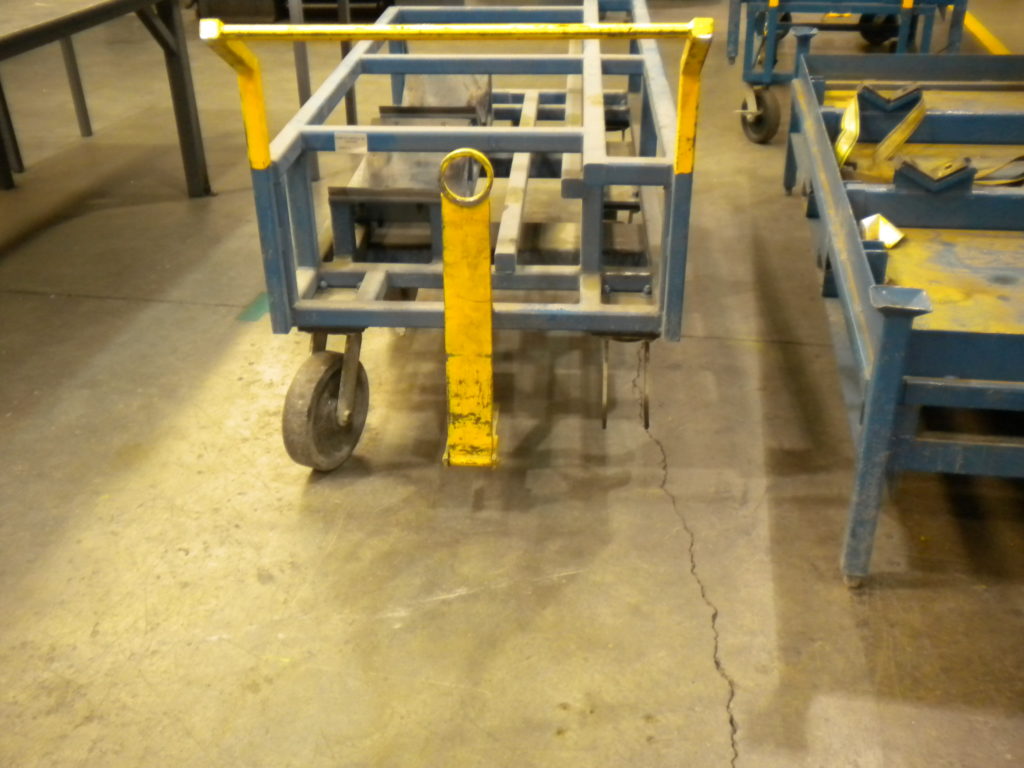I was a part of a discussion after a cost improvement session with one of my clients in 2000. This OEM supplier designed and made starter motors and alternators primarily for General motors. Due to the fact that I had invented a few actionable cost improvements, during the session I was asked what would be a long term cost improvement game plan. I suggested that they eliminate the starter motor to save cost. This suggestion was received with surprise, in that starter motors generated half of their sales. At that time the Prius had just come out. In this hybrid, an additional motor / generator was added to the starter motor and alternator that were already a part of the vehicle drive train. An average US passenger vehicle only uses 500 gallons of fuel per year. Even at $3.00 per gallon this only adds up to $1500 per year. Most people cannot justify a doubled vehicle purchase price, because it is both an electric vehicle and a gasoline vehicle, just to save fuel use.
Here we are in 2016, what has changed? The big item is power electronics. Back in 2000, some of my best friends made a good living simply replacing the power transistors in the Variable Frequency Drives (VFD) used to run AC induction motors. The best we had simply could not handle summer heat. The Prius had three separate motors simply to avoid using the unreliable transistors. Advancements in power transistors changed that equation starting about 2006. Certain visionaries like Elon Musk translated this technology advancement into a new generation of electric vehicle. Fundamental technology improvements are not just limited to high dollar luxury cars. Delphi has just introduced a 48 volt combo starter motor, alternator and hybrid drive motor / generator which is a single AC induction motor as I had suggested back in 2000. In today’s lean fashion, an affordable vehicle is the result of using fewer components instead of adding more.
AC induction motors are also coming to industrial vehicles. In the new generation warehouse electric vehicles that I am designing, an AC induction motor will be standard. The new generation of power electronics and control strategies and AC induction motors are giving us 60% more run time.
The range anxiety that is a part of using a personal electric vehicle also applies to warehouse vehicles. Many of our users are pleased that the extra range made possible by using AC induction motors lets them use the vehicle for a shift or two before recharging.

